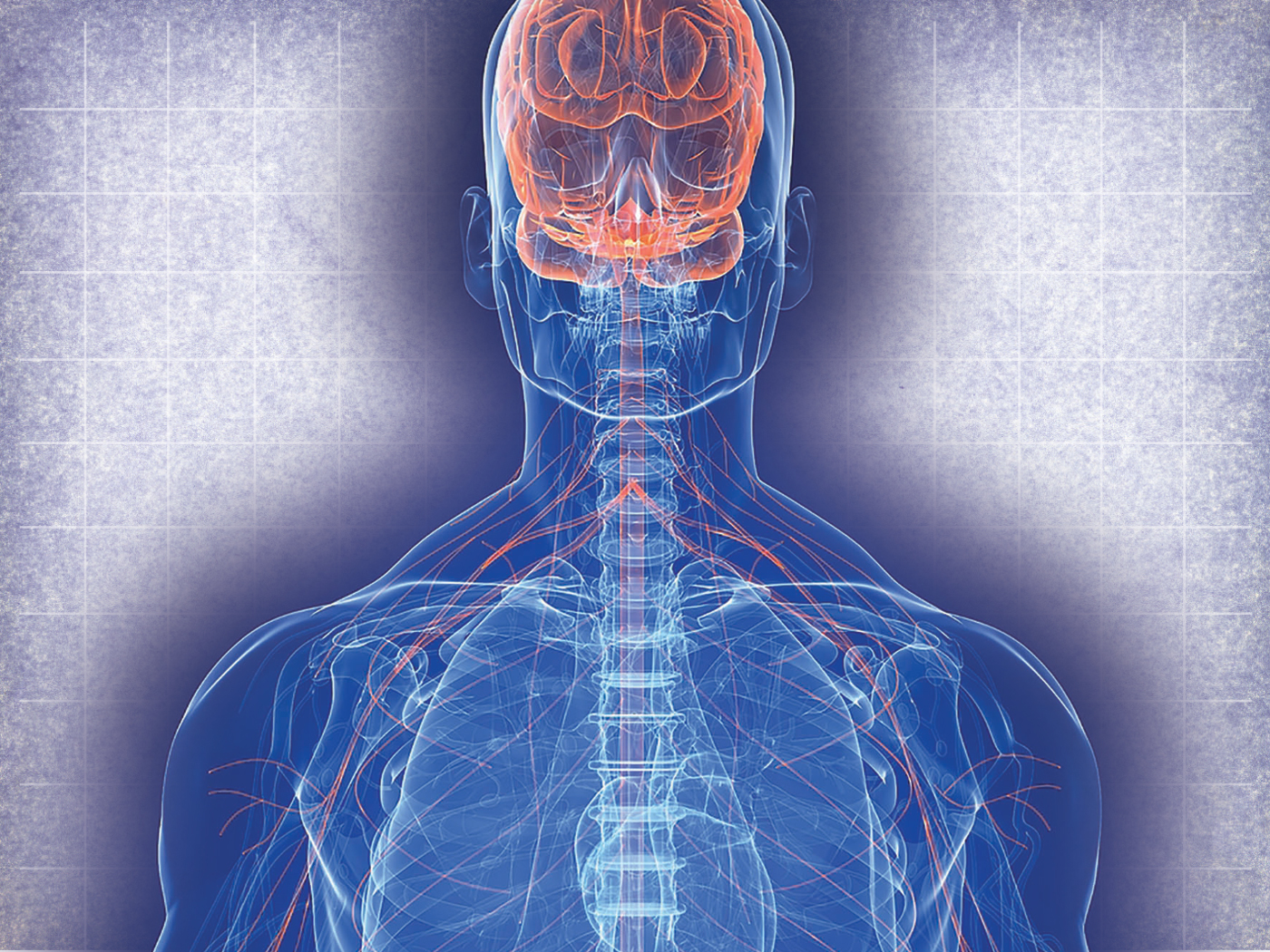There are two types of nucleic acids (genetic molecules): DNA and RNA. DNA (deoxyribonucleic acid) is a large linear molecule designed to store genetic information in all cells. RNA (ribonucleic acid) serves as a blueprint for proteins and occurs in three forms: transfer-RNA, ribosomal RNA, and messenger-RNA.
It has been said that nucleic acids are like an onion. As biologists peel away a layer of complexity, underneath lies another layer waiting to be described. For example, in 2010 University of Toronto researchers “discovered a fundamentally new view of how living cells use a limited number of genes to generate enormously complex organs such as the brain.”1
Recently, an altogether amazing property of the RNA molecule has been discovered in the bacterium Escherichia coli. The RNA in E. coli “requires specific local structural fluctuations within a key hairpin to engender efficient cotranscriptional conformational rearrangement into the functional structure.”2 Put another way,
Surprising, indeed. This “bouncing conga line of nucleotides” actually forms knots that—if left uncorrected—would result in improper RNA function and possibly diseases. By using high-resolution videos, a unique type of RNA called signal recognition particle (SNP) RNA, and a computer algorithm, scientists were able to actually see the growing RNA molecule achieve its final shape.
But what happens when the RNA is forming and is trapped in the tangled knots? Researchers found,
The only time evolution was mentioned in the article was to state the SNP RNA was “an evolutionarily ancient molecule found across all kingdoms of life.” Creation scientists would say the Creator used this uniquely-designed molecule in all kingdoms of life, just as He used specific enzymes designed to break down food—whether the organisms are bacteria, birds, or blue whales.
Non-evolutionists look forward to more amazing discoveries in biology that clearly point beyond the creation to the Creator.
References
1. Pidutti, Mario. U of T researchers crack “splicing code,” solve a mystery underlying biological complexity. Posted on media.utoronto.ca on May 5, 2010, accessed January 21, 2021. See also: ICR News. Posted on icr.org November 15, 2010.
2. Yu, A. et al. Computationally reconstructing cotranscriptional RNA folding from experimental data reveals rearrangement of non-native folding intermediates. Molecular Cell. Posted on cell.com January 15, 2021, accessed January 21, 2021.
3. Lanese, N. RNA ties itself in knots, then unties itself in mesmerizing video. Posted on msn.com January 19, 2021, accessed January 21, 2021.
*Mr. Frank Sherwin is Research Associate at the Institute for Creation Research and earned his master’s degree in invertebrate zoology from the University of Northern Colorado.














